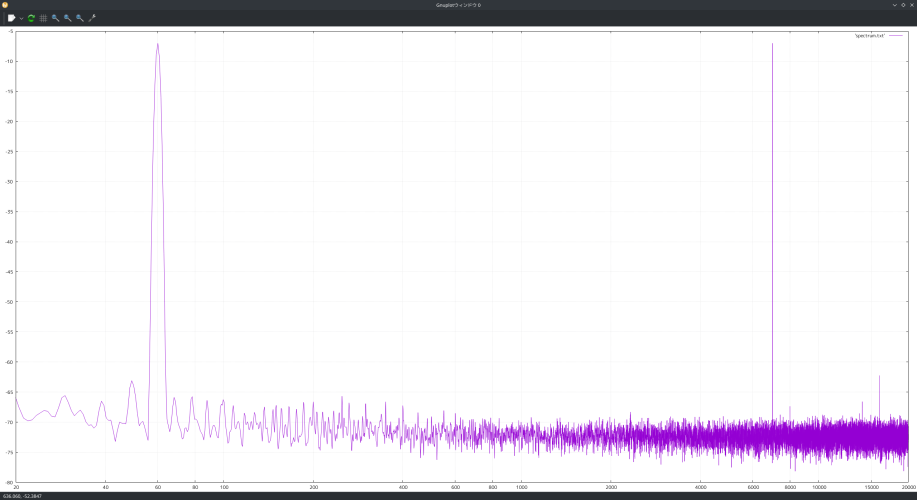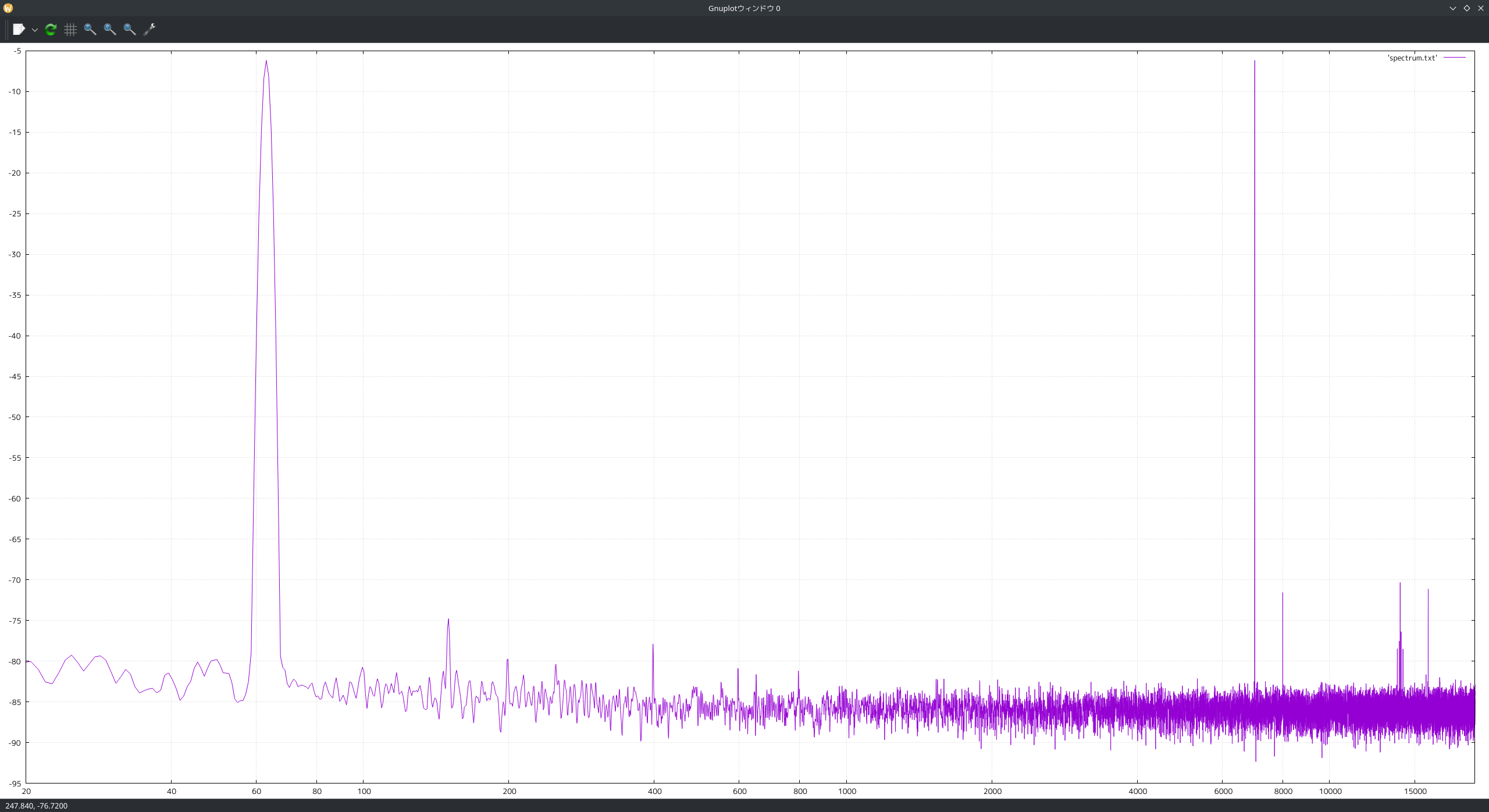I noticed that almost all DAC Makers advertise their Chips with THD+N and also the companies who make DAC and implement them advertise with THD+N.
For Example the ES9039PRO is advertised with -122db THD+N which is nice and cool but... it has -109db IMD. But ESS never tells that anywhere. As far as i could see also AKM and Cirrus don't give any IMD Values for their DAC Chip, only THD+N.
That is the first thing that annoys me, because the DAC is limited to -109, not -122db (unless you only output one single sine wave...)
Now i hear you say, who cares, both is inaudible right? Well yes, unless you use the DAC as Volume Control for sensitive IEM.
Because people love big numbers on paper, there is almost no Desktop Amp on the Market anymore where you can go beyond 5% Volume with most IEM without the risk of going deaf. Especially with Analog Volume Control, that is insanely annoying leading to big channel imbalance and sudden jumps in volume when trying to find the sweet spot in the 1~5% Volume area.
So i thought why not be clever. Set the Amp to Low Gain and Max Volume (still no audible Noise) and then just control the Volume on the DAC.
Well guess what, as soon i reach <=-80db, i hear distortion. Intermodular Distortion, i am not kidding. At first it is very very faint but as soon i reach around -90db things just start to sound very... harsh and hissy.
So no, i can not control the volume on the DAC, i have to find a mix of DAC Volume and Amp Volume which annoys. Its not a big issue, currently i have the Amp set to 30% (It then has an THD+N of around -105db) and then use the DAC in the range of -60db (-70db IMD) and -15db (<=-105db IMD). So i never hear either HD nor IMD
But my inner monk hates this Dual Volume Control and it annoys me that DAC Chip Makers and most DAC Makers seem to hide that value
and it annoys me that DAC Chip Makers and most DAC Makers seem to hide that value
For Example the ES9039PRO is advertised with -122db THD+N which is nice and cool but... it has -109db IMD. But ESS never tells that anywhere. As far as i could see also AKM and Cirrus don't give any IMD Values for their DAC Chip, only THD+N.
That is the first thing that annoys me, because the DAC is limited to -109, not -122db (unless you only output one single sine wave...)
Now i hear you say, who cares, both is inaudible right? Well yes, unless you use the DAC as Volume Control for sensitive IEM.
Because people love big numbers on paper, there is almost no Desktop Amp on the Market anymore where you can go beyond 5% Volume with most IEM without the risk of going deaf. Especially with Analog Volume Control, that is insanely annoying leading to big channel imbalance and sudden jumps in volume when trying to find the sweet spot in the 1~5% Volume area.
So i thought why not be clever. Set the Amp to Low Gain and Max Volume (still no audible Noise) and then just control the Volume on the DAC.
Well guess what, as soon i reach <=-80db, i hear distortion. Intermodular Distortion, i am not kidding. At first it is very very faint but as soon i reach around -90db things just start to sound very... harsh and hissy.
So no, i can not control the volume on the DAC, i have to find a mix of DAC Volume and Amp Volume which annoys. Its not a big issue, currently i have the Amp set to 30% (It then has an THD+N of around -105db) and then use the DAC in the range of -60db (-70db IMD) and -15db (<=-105db IMD). So i never hear either HD nor IMD
But my inner monk hates this Dual Volume Control





























